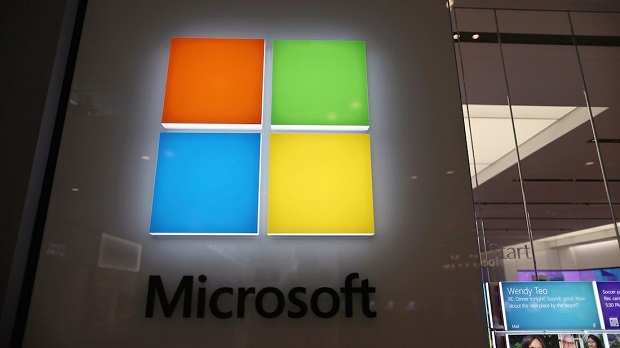Having realized that making wearables that are compatible only with one’s own smartphones and tablets would push people away, the Redmond giant hinted that its smartwatch will also work with iOS and Android devices.
Windows Phone, or whatever modified version of this mobile OS will be powering Microsoft’s smartwatch, has a tremendous downside: a very poor app ecosystem. The company might be able to compensate for that by making the wearable compatible with other operating systems, namely with iOS and Android, the big players of today’s mobile market. This is not the only good news that Microsoft has in store for us, as Forbes has learned that the smartwatch will be packed with an array of sensors that track the heart rate of the wearer. The collected data will be synced with iPhones, Android smartphones and Windows Phones.

Microsoft seems to follow in Google’s steps, as the search giant likes to have its apps on more platforms than just Android. Microsoft’s Xbox Kinect division is in charge with optical engineering the device so that it measures heart rate continuously during the day. This feature certainly helps Microsoft’s smartwatch differentiate itself from Samsung’s Gear Fit, whose heart rate monitor needs to be turned on manually. The battery should keep the smartwatch functioning for up to two days, depending on the wearer’s usage habits.
Satya Nadella, CEO of Microsoft, stated at a conference last week that “It’s time for us to build the next big thing,” and a cross-platform smartwatch might be just that. Some may think that the Redmond giant is late to the game, but Apple has yet to launch its long-awaited iWatch.
Cross-platform or not, as long as it only acts as a companion for smartphones (regardless of the OS they’re running), Microsoft’s smartwatch won’t stand a chance against the standalone smartwatch that Samsung is rumoredly working on.
Continuous heart rate tracking is definitely a sought-after feature, especially among fitness buffs and people who like to diagnose themselves while also trying to circumvent traditional health care. Future doctors had better start learning how to interpret all the data collected by wearables, or else they’ll be left behind, at least from this point of view. The quantified self concept will also be transformed when devices such as Microsoft’s smartwatch will hit the market.
Be social! Follow Walyou on Facebook and Twitter, and read more related stories about the patent that suggested that Microsoft will enter the smartwatch market and the Microsoft smartwatch rumor from last year.










